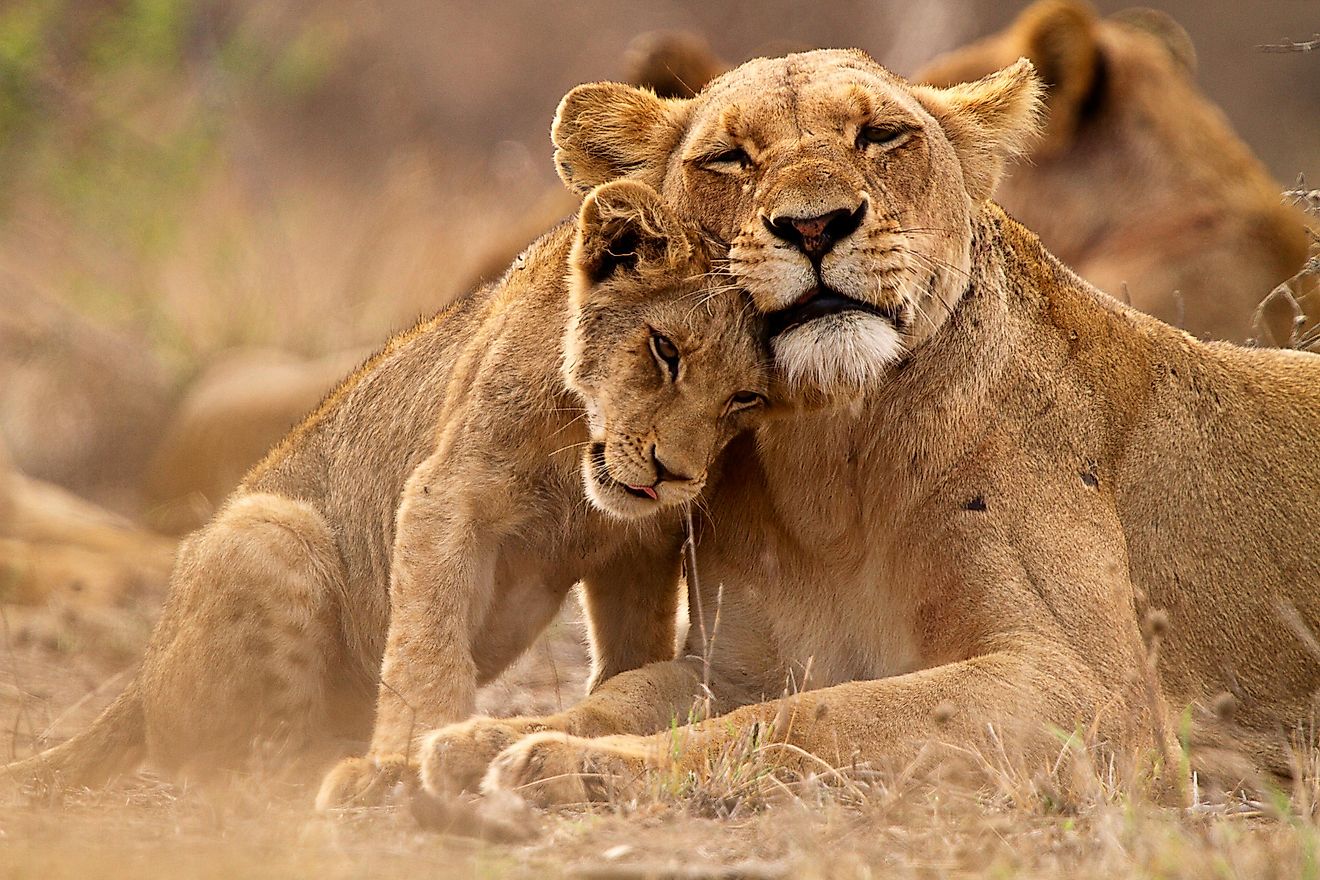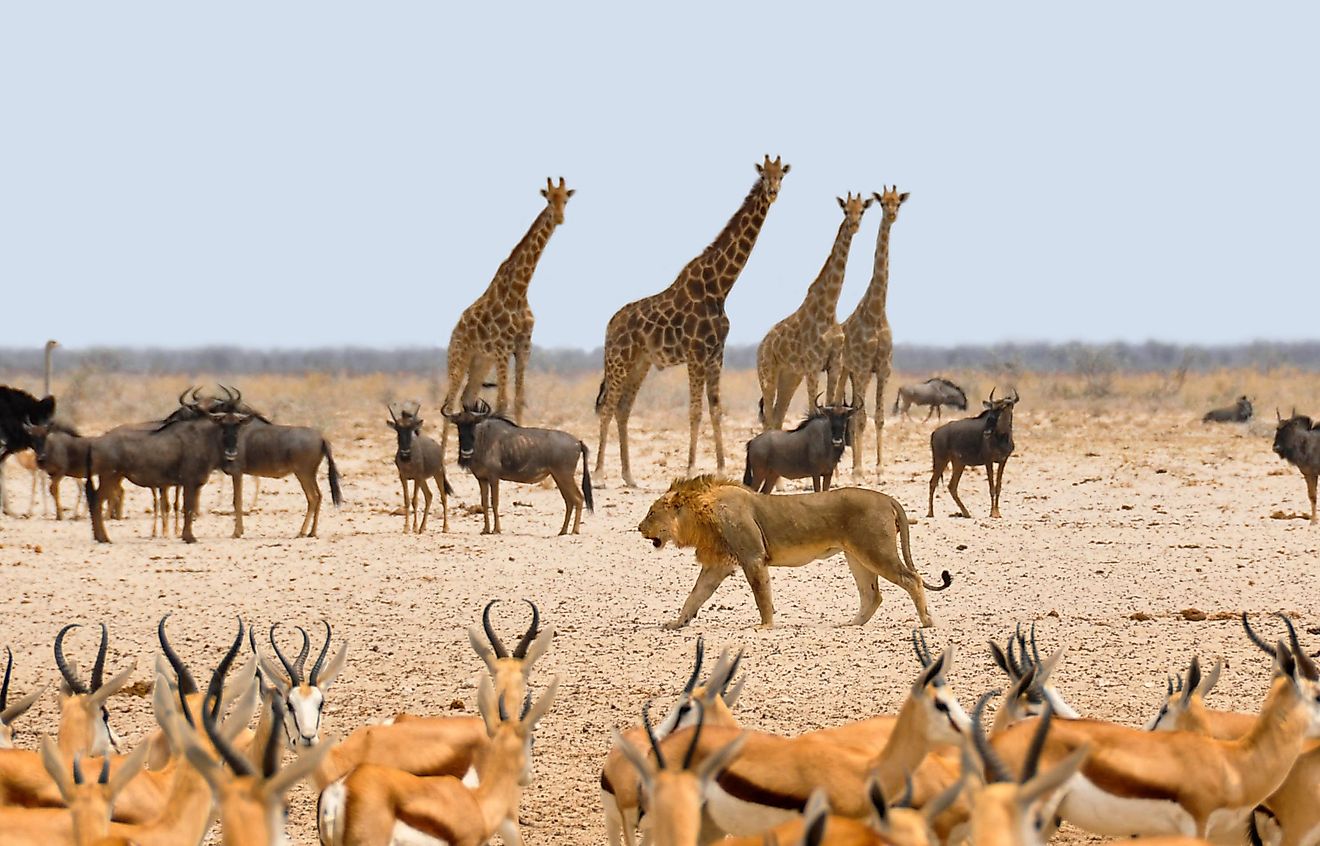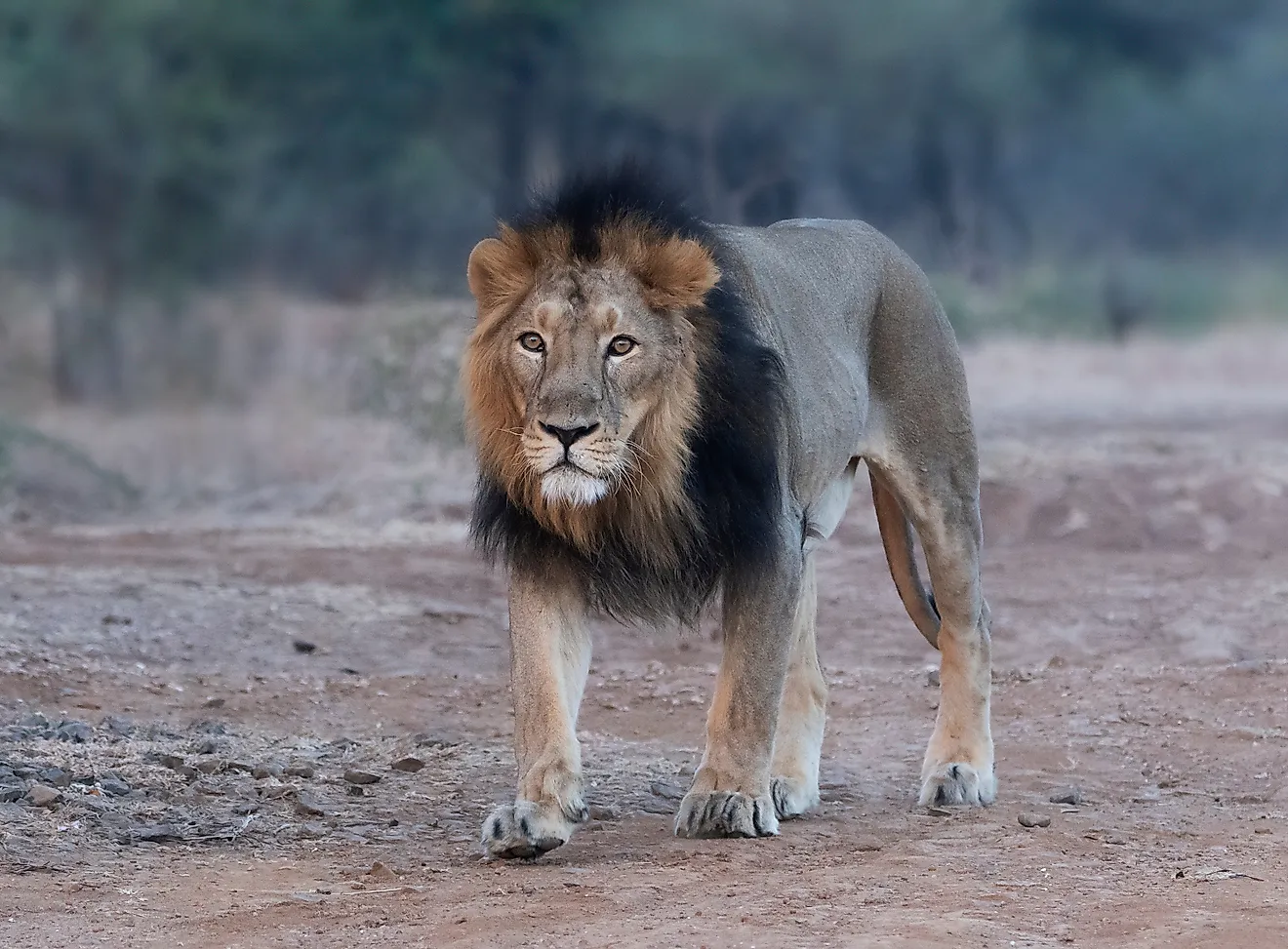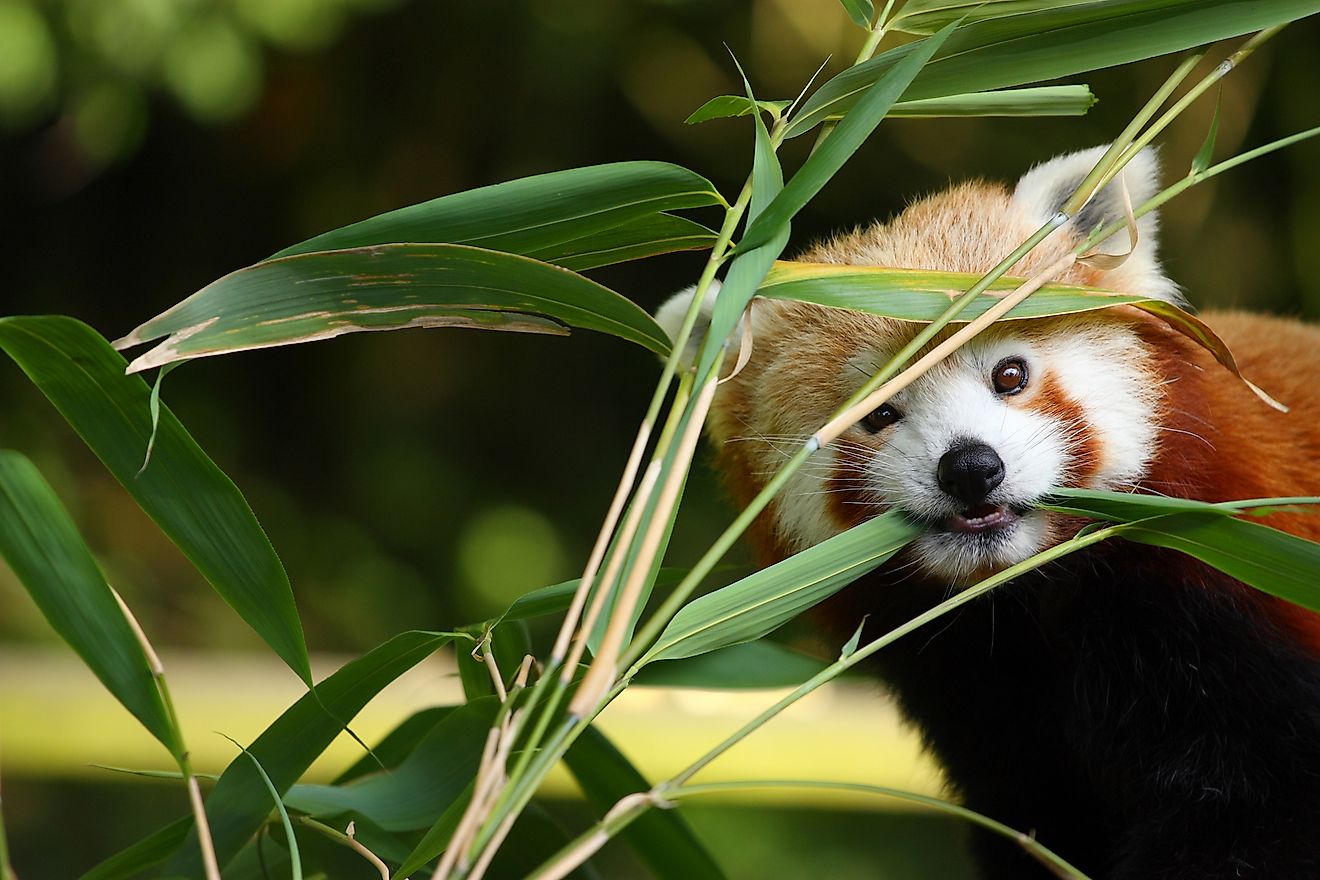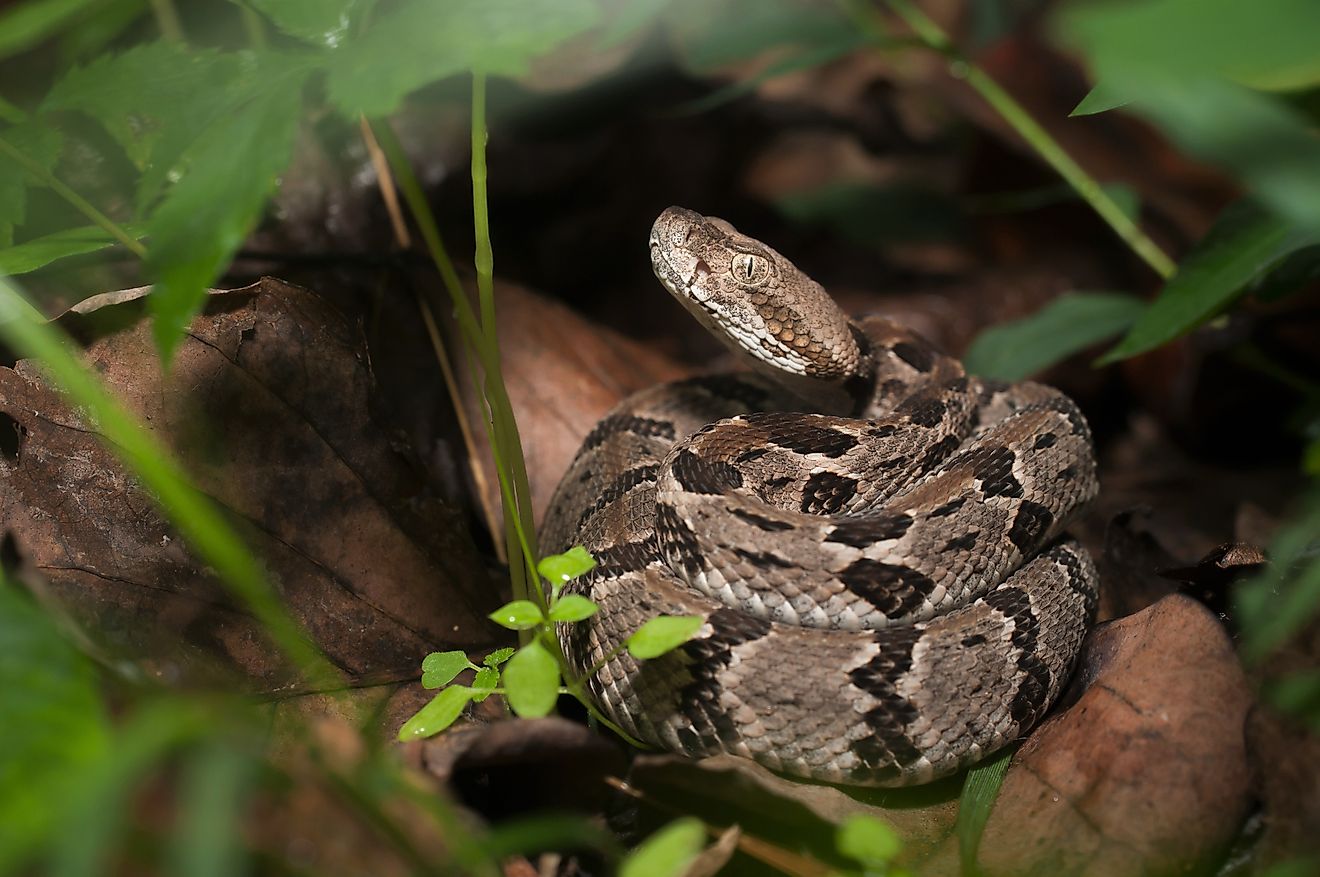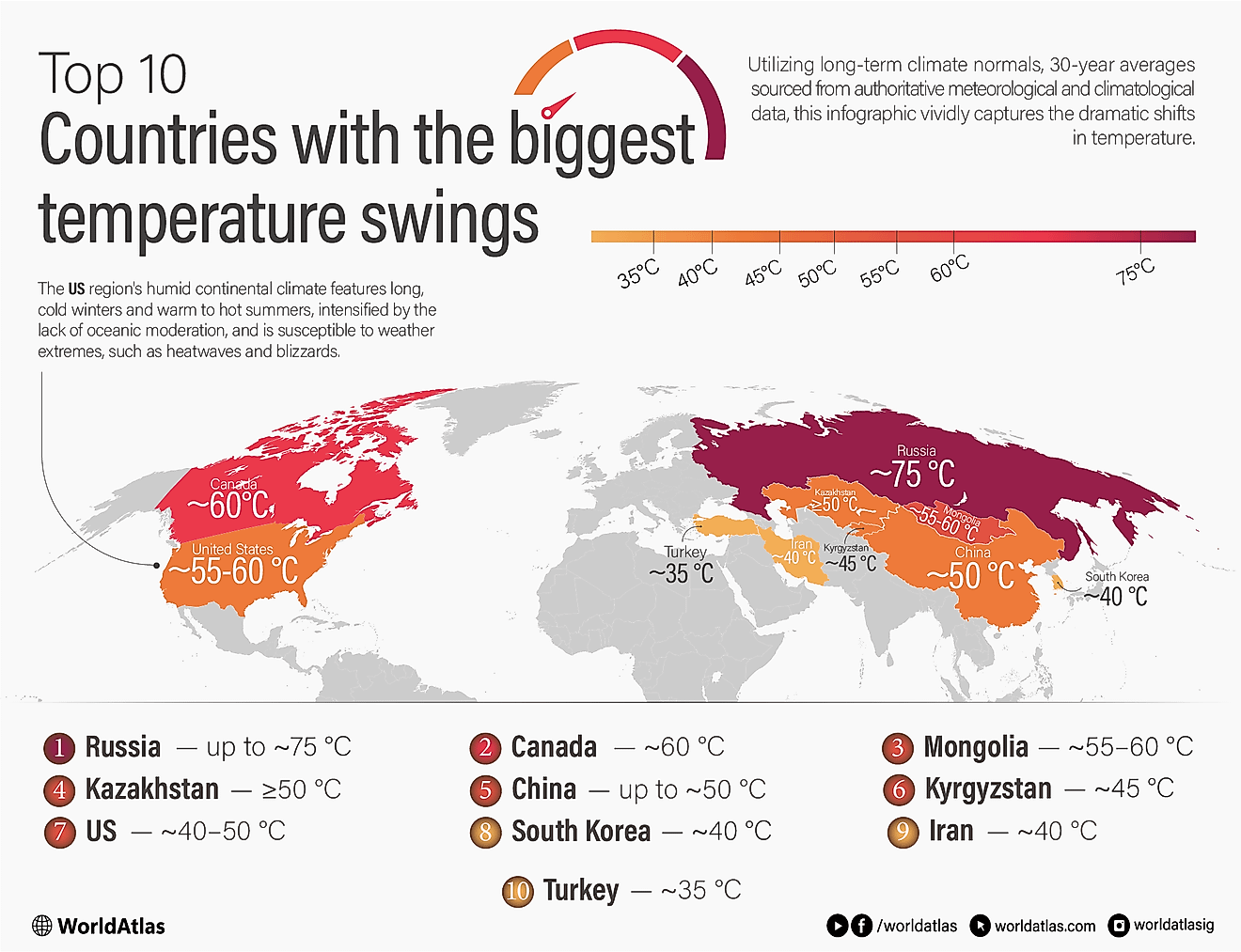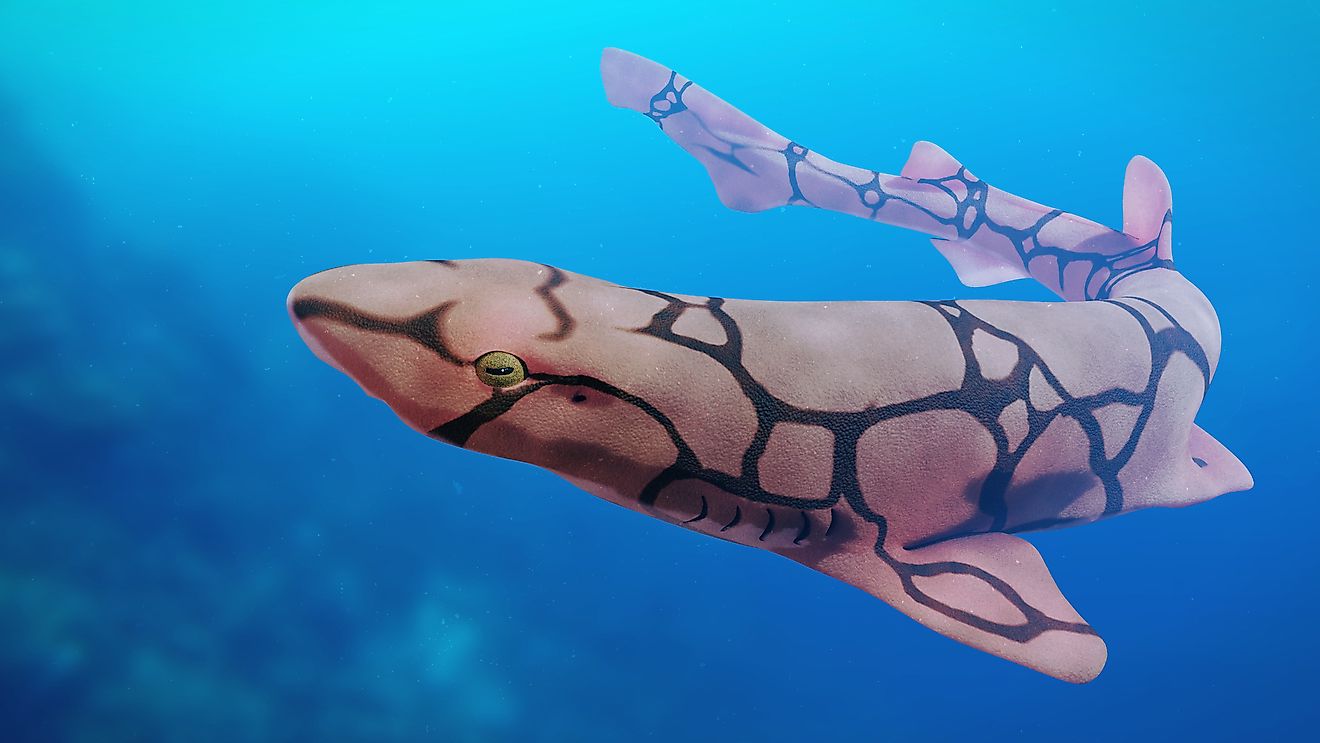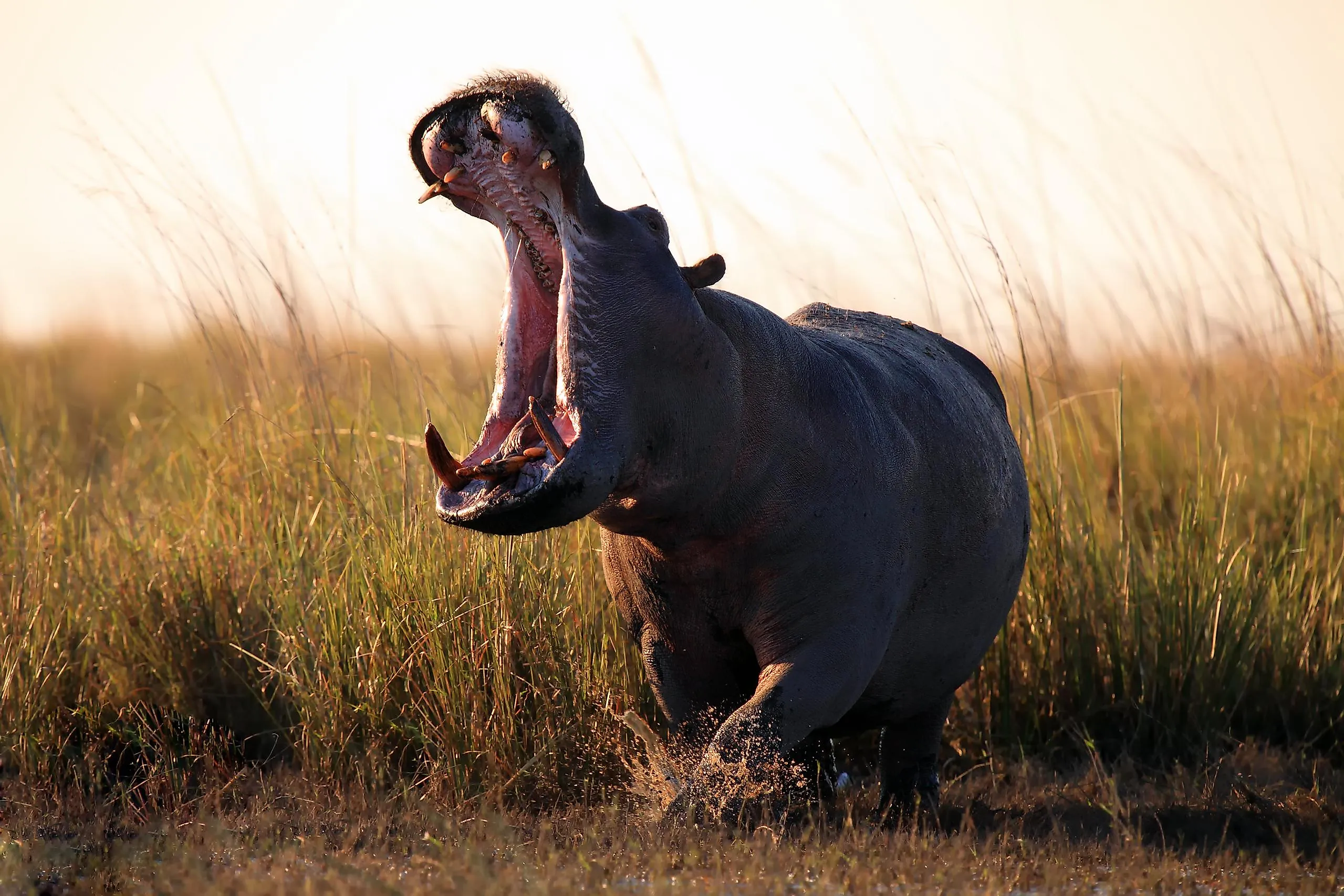
Animal Species That Cannot Be Domesticated
- Bonobos are a fascinating example of animals that managed to domesticate themselves. By living in favorable conditions, the females became picky on which males they will mate with, and started picking the more gentle ones.
- Hippopotamuses are extremely dangerous, and are known to kill a large number of humans every year which is why most attempts to domesticate them failed.
- To domesticate an animal, it needs to be selectively bred, which needs to go on for 12 generations, which then makes it different from its ancestors in the wilderness.
Humans have domesticated only a small number of animal species, even though attempts began thousands of years ago. Dogs were likely the first, followed by livestock such as sheep, goats, and cattle. Over time, domesticated animals became central to human societies, providing food, labor, and companionship.
It is important to distinguish between a tamed animal and a domesticated one. A tamed animal may tolerate human presence, but its offspring remain wild, and it can still return to its natural behavior. Domestication, on the other hand, involves long-term selective breeding that results in genetic changes across an entire species.
While many species can be tamed, far fewer can be truly domesticated. Below are ten animals that humans have never been able to domesticate.
Zebras
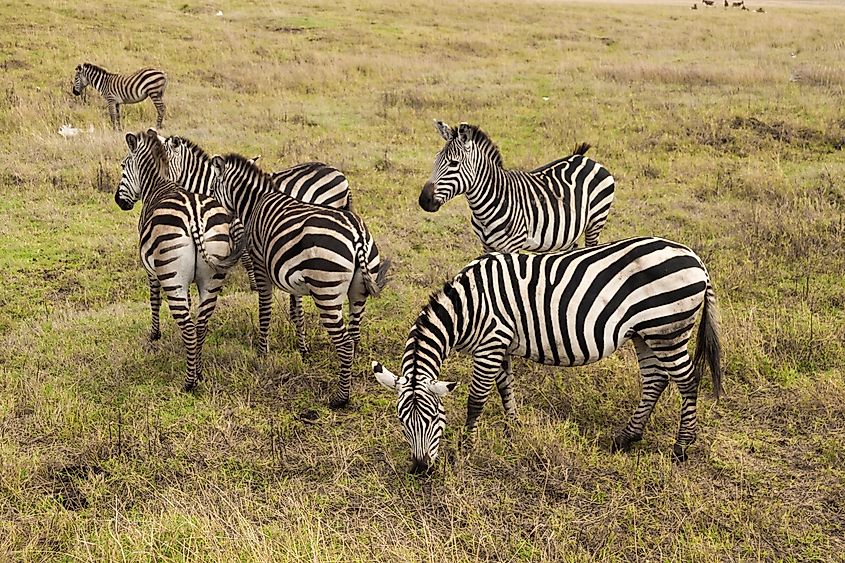
Zebras are often suggested as potential livestock animals, but attempts to domesticate them have consistently failed. In the 19th century, European colonists in Africa tried to train zebras for riding and transport because imported horses frequently died from local diseases. Although zebras have natural resistance to some of these illnesses, they proved extremely difficult to handle. They are more aggressive than horses, have a strong flight instinct, and lack the calmer temperament and social structure that make domestication possible. As a result, zebras have never been successfully domesticated.
Moose
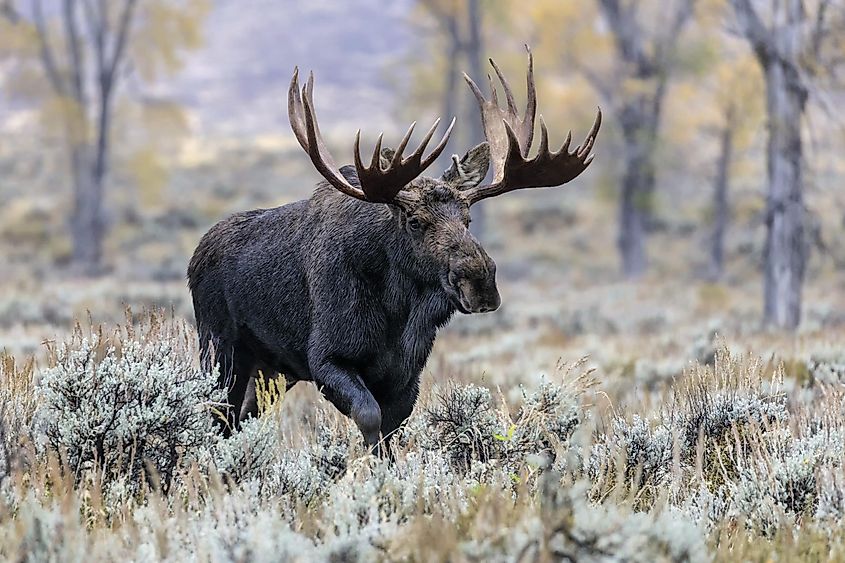
Moose are often included in discussions about animals that resist domestication. A story involving King Karl XI of Sweden describes an effort to train moose for military use, although historians note that the details of this attempt are unclear and not fully documented. What is known is that moose are difficult to manage. They are large, unpredictable, and do not adapt well to confinement. Russia has experimented with keeping semi-tame moose for forestry work and milk production, but these efforts have never resulted in true domestication. Moose remain wild animals that cannot be reliably trained or bred for human use.
Dingoes
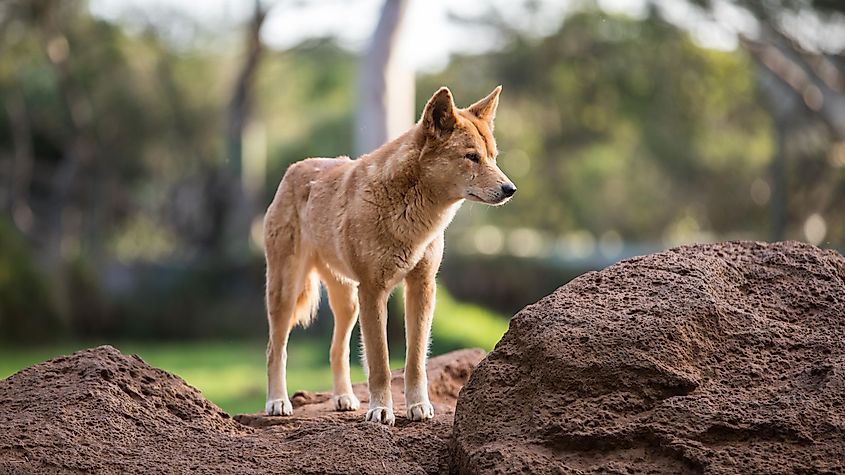
Dingoes are wild canids native to Australia, and although they are closely related to domestic dogs, they have never been fully domesticated. Dingoes can be tamed when raised from pups, but they retain strong hunting instincts, an independent temperament, and a tendency to roam, which makes long-term control difficult. Scientists generally classify them as a separate species, Canis dingo, rather than a type of domestic dog. Because they do not meet the behavioral requirements for domestication, dingoes remain wild animals despite their doglike appearance.
Bonobos
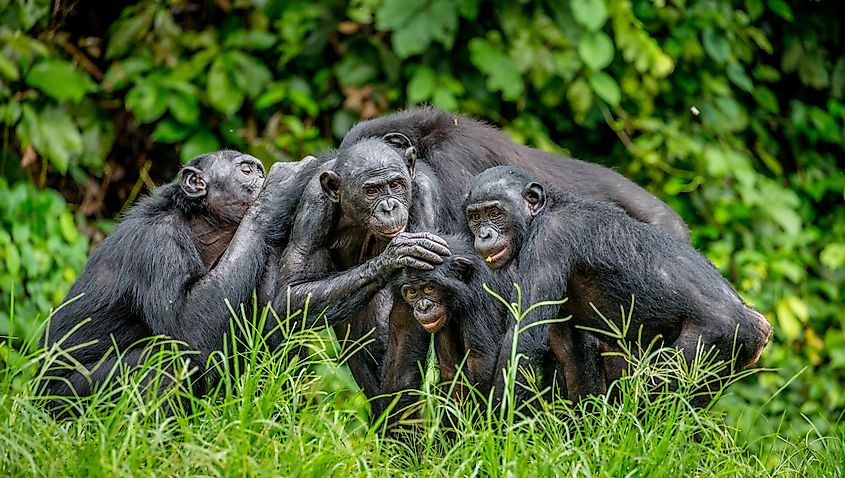
Bonobos are often discussed in connection with the idea of self-domestication, which refers to a species evolving traits associated with domesticated animals without human involvement. Scientists believe this process began after the ancestors of bonobos became isolated from chimpanzees when the Congo River formed between about one and two million years ago. South of the river, bonobos lived in a habitat with a steady food supply and fewer predators, conditions that supported strong female cooperation and more selective mate choice. Over time, natural selection favored males that were less aggressive and more tolerant, which helped shape the social behavior seen in bonobos today. Although this pattern resembles some aspects of domestication, bonobos remain fully wild animals.
Raccoons
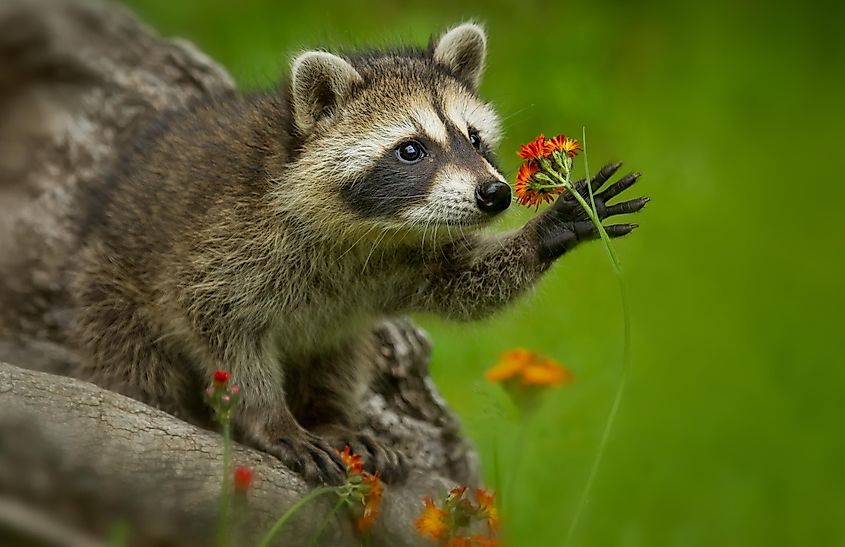
Raccoons may look harmless, but their behavior makes domestication unlikely. They are intelligent and have dexterous front paws, yet they are also territorial, aggressive when stressed, and very difficult to confine. Even raccoons raised from a young age tend to bite, escape enclosures, and damage their surroundings. Because they do not form stable bonds with humans and show none of the traits that support long-term selective breeding, raccoons remain unsuitable for domestication.
Foxes
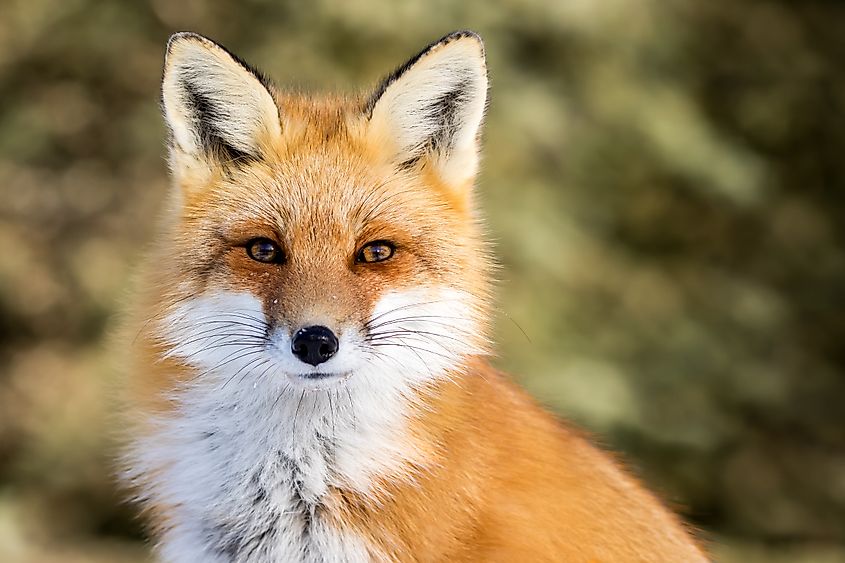
Foxes can be tamed in rare cases, but true domestication has never been achieved in the wild. Tamed foxes may tolerate human contact, yet they still keep their natural instincts, which include strong prey drive, high reactivity, and unpredictable behavior. A common misconception is that foxes were domesticated in the past as Fuegian dogs, but research shows these animals were not foxes and were more closely related to domestic dogs kept by Indigenous groups in southern South America.
Modern efforts have also fallen short. The well-known Russian silver fox experiment produced foxes that showed reduced fear of humans and some domesticated traits, but the species as a whole remains wild. These animals still require specialized care and have not reached the behavioral stability found in fully domesticated species. As a result, foxes continue to resist domestication despite occasional taming successes.
Coyotes
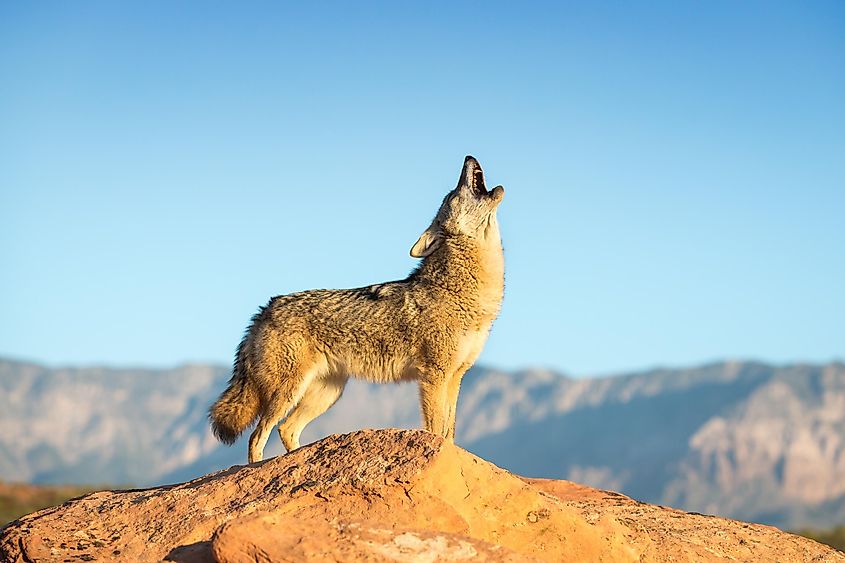
Coyotes are naturally wary of humans, which makes them very difficult to tame and nearly impossible to domesticate. They have strong flight instincts, unpredictable behavior, and the ability to transmit several dangerous diseases. Although coyotes can interbreed with domestic dogs and produce hybrids known as coydogs, these offspring do not display the stable traits needed for domestication. Coyotes that live near cities may grow more accustomed to human activity, but they remain fully wild animals and show no signs of becoming domesticated over time.
Elephants
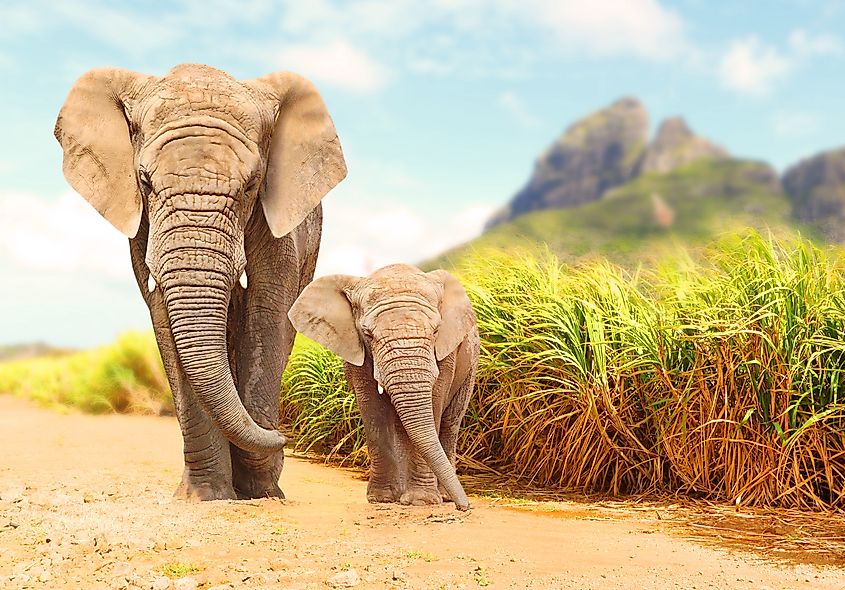
Elephants have a long history of being captured and trained in parts of Asia, but they are not considered domesticated animals. Most elephants used for work or ceremonies were traditionally taken from the wild, and even today there is limited selective breeding in captivity. Domestication requires breeding animals over many generations to reinforce specific traits and produce genetic changes that separate them from their wild counterparts. Because this process has never occurred with elephants, they remain tamed animals rather than a domesticated species.
Hippopotamuses

Hippos are among the most dangerous large animals in Africa and are responsible for many fatal encounters each year. Their size, strength, and unpredictable temperament make them unsuitable for confinement, which is one of the main reasons they have never been domesticated. Although there have been occasional attempts to tame or manage hippos for display or other purposes, none have succeeded. Hippos remain highly aggressive, especially when defending territory or young, and they pose a significant risk to anyone who tries to handle them.
Great White Sharks
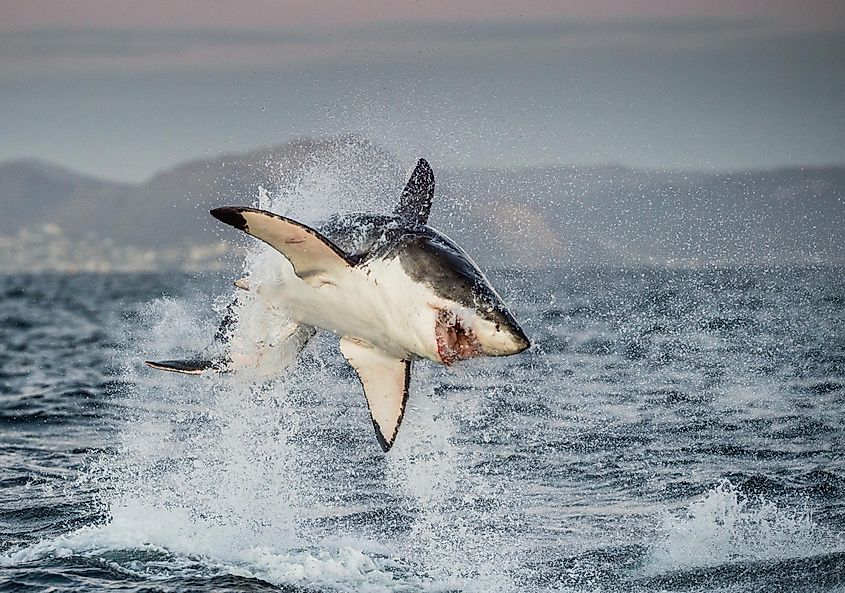
Great white sharks have never been domesticated, and even attempts to keep them in captivity have consistently failed. These sharks experience severe stress when confined, often refuse to eat, and require continuous open-water movement to breathe properly. In aquariums, great whites frequently injure themselves by swimming into tank walls and rarely survive more than a few days or weeks. Their size, behavior, and biological needs make long-term captivity impossible, which also prevents any possibility of domestication.
Conclusion
Only a small number of species have ever been successfully domesticated, and the animals in this list show why the process is so rare. Domestication requires specific traits, such as a predictable temperament, a flexible diet, social hierarchies that humans can manage, and the ability to breed reliably in captivity. Animals that lack these qualities, whether because they are solitary, highly aggressive, easily stressed, or dependent on complex environments, remain wild despite centuries of human contact.
Research into animal behavior and genetics continues to improve our understanding of which species could one day become candidates for domestication. Some animals, such as certain fox lineages produced through long-term selective breeding, show characteristics that resemble early stages of domestication. Other species that have adapted to living near people, including a few urban mammals and birds, may continue to adjust to human environments without becoming domesticated in the strict biological sense.
At the same time, many animals will remain entirely wild because their biology is not compatible with domestication. Large predators, highly territorial species, and animals with specialized diets or complex ecological needs are unlikely to ever be bred successfully under human control.
Understanding why some animals can become domesticated while others cannot helps explain both human history and the limits of our relationship with the natural world.
